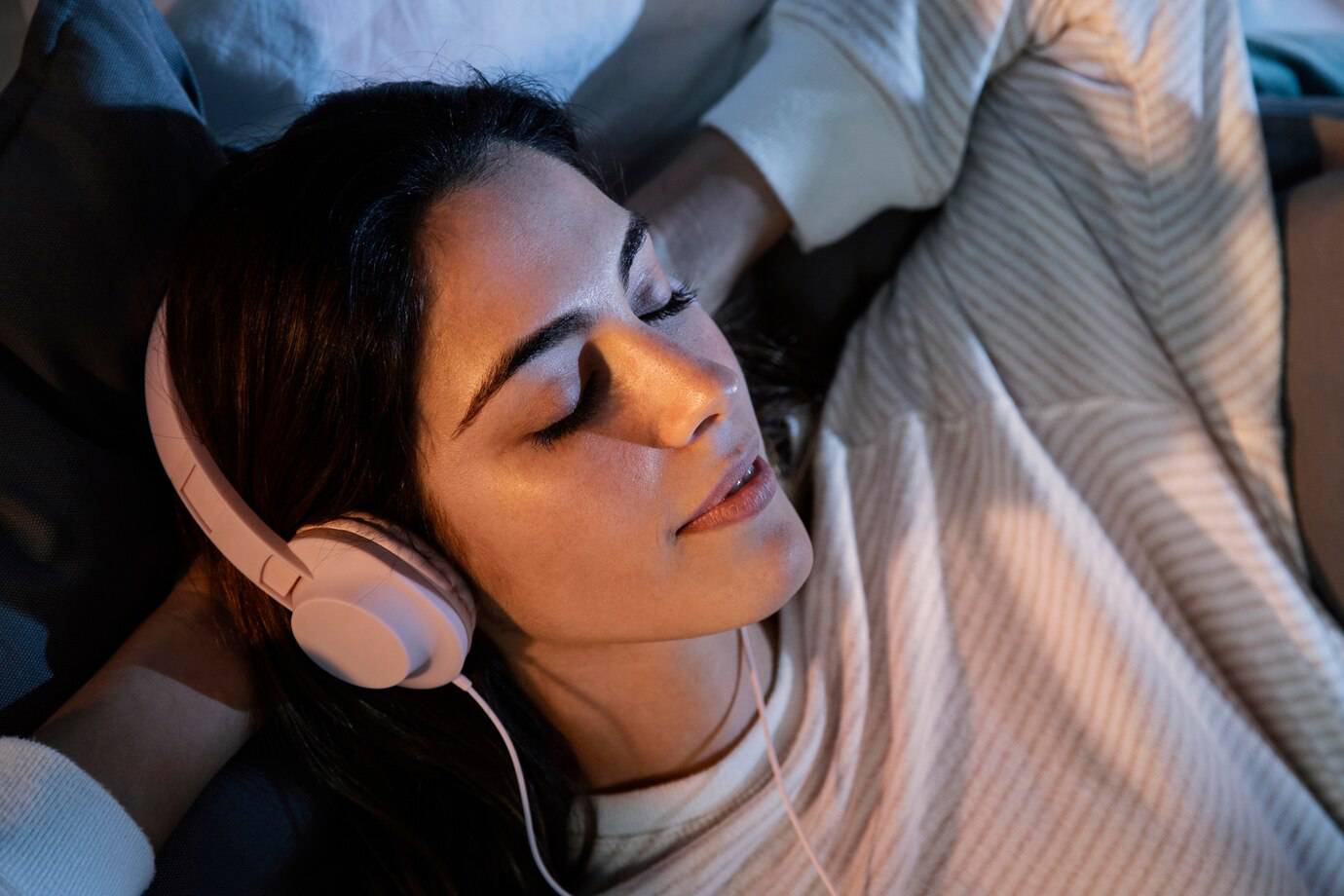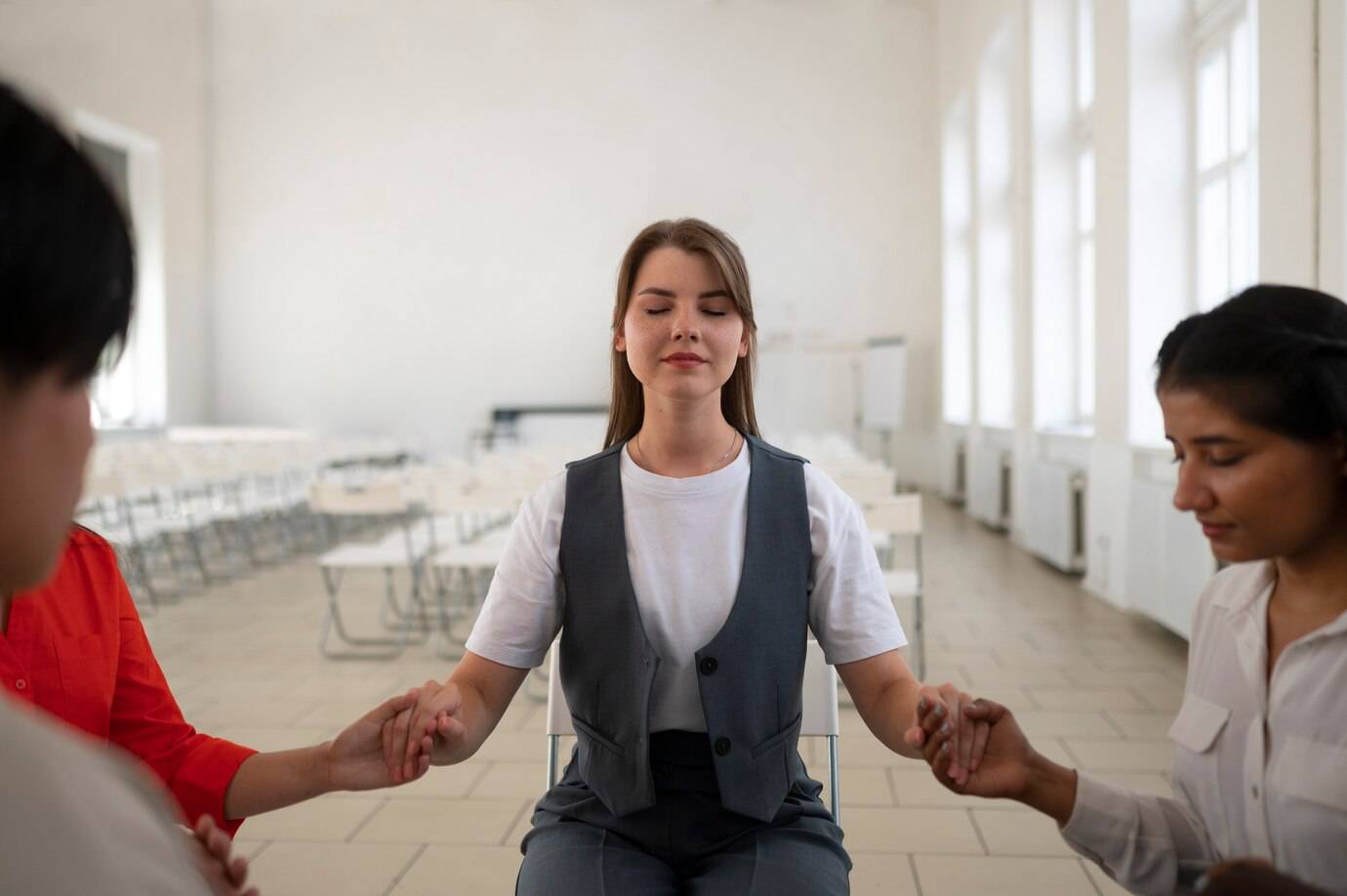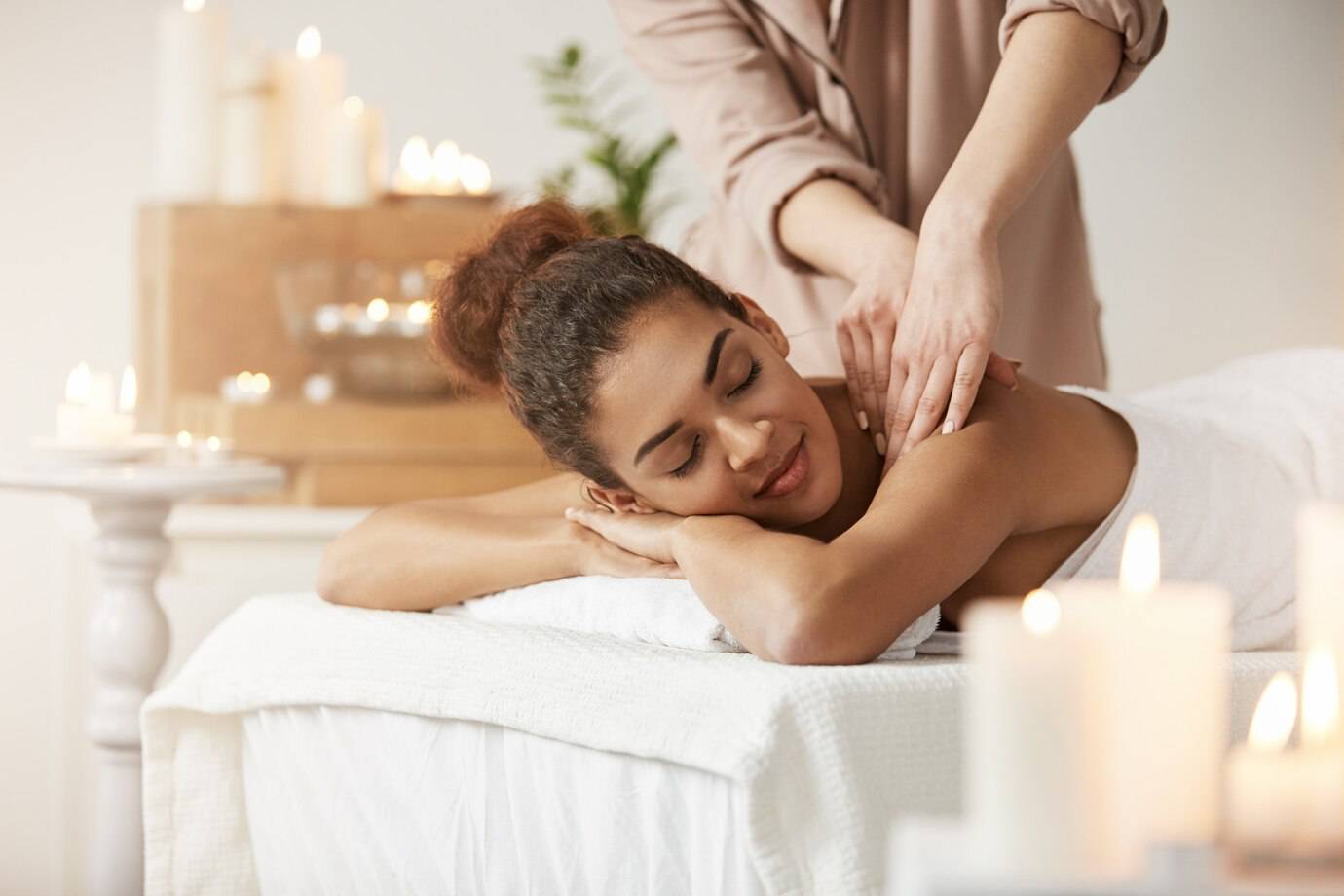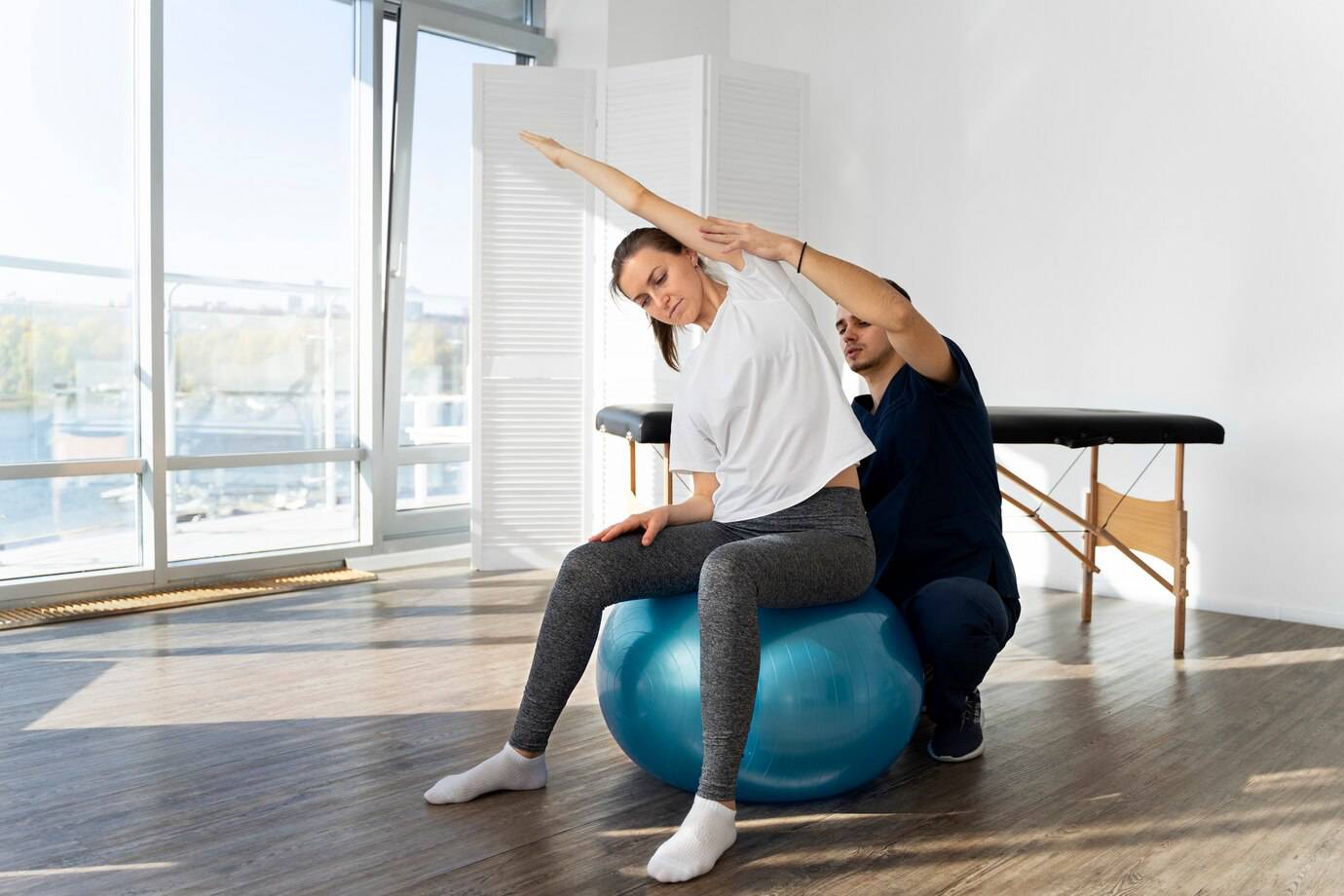
Alexander Technique: Improving Posture and Balance
Do you ever catch yourself slouching at your desk or hunching your shoulders while scrolling on your phone? You’re not alone. In our screen-dominated world, posture has become an overlooked casualty of modern living. What if you could retrain your body and mind to move gracefully, easily, and in balance? You can do this without tough exercises or costly equipment.
Welcome to the Alexander Technique. This mindful approach to posture and body alignment helps many people. It reduces physical tension, boosts performance, and restores natural movement. No matter if you work at a desk, perform, or want to ease back pain, this technique might be the simple answer you’ve been looking for.
In this guide, we’ll look at how the Alexander Technique works. We’ll cover its main principles, practical uses, and why it matters today.
What Is the Alexander Technique?
Origins and Philosophy
Frederick Matthias Alexander developed this technique in the late 19th century. He wanted to fix his chronic vocal problems. He noticed through careful self-observation that tension in his neck and back was hurting his voice.
He developed a method to reduce habitual tension and retrain movement. This process helps the body find its natural balance again.
Core Principles
- Inhibition: Pausing before a movement to prevent ingrained, tension-filled habits.
- Direction: Consciously guiding your body into a more balanced alignment.
- Primary Control: Maintaining the natural relationship between the head, neck, and spine.
This isn’t a therapy or a quick fix — it’s a process of learning and re-learning how to use your body more efficiently.
How It Works: Mind-Body Re-Education
The Power of Awareness
At its core, the Alexander Technique is about awareness. Practitioners help you spot and change unconscious habits. These include gripping muscles, collapsing your chest, and overextending your neck.
You begin to:
- Sense when you’re about to tense up
- Pause and choose a different response
- Redirect your posture through thought, not force
Typical Session Structure
Sessions are usually one-on-one, lasting around 45 minutes. You’ll remain fully clothed as the teacher gently guides your body through sitting, standing, and lying down.
Key elements include:
- Gentle hands-on guidance
- Verbal instruction
- Use of a firm table for semi-supine rest work
Unlike yoga or Pilates, there’s no stretching or strengthening involved — just an invitation to let go.
Benefits of the Alexander Technique
1. Improved Posture and Alignment
Consistent practice leads to:
- A lengthened spine
- Balanced shoulders and hips
- A poised, upright posture without strain
This makes it a valuable tool for anyone who wants to look and feel more confident and centred.
2. Pain Relief
A study from the British Medical Journal (BMJ) showed that the Alexander Technique helped people with chronic back pain. It can also help alleviate:
- Neck and shoulder pain
- Sciatica
- Repetitive strain injuries
3. Enhanced Performance
Dancers, musicians, and actors use it to:
- Improve breath control
- Enhance stage presence
- Reduce performance anxiety
4. Better Balance and Mobility
The technique enhances proprioception — your internal sense of body position. This leads to:
- Greater stability
- Smoother walking patterns
- Fewer falls, especially in older adults
Learn more about body-awareness-based therapies in The Feldenkrais Method: Enhancing Movement Awareness .
Everyday Applications

At Work
- Sit back in your chair rather than slumping forward
- Keep your monitor at eye level
- Place feet flat on the floor, avoiding leg crossing
At Home
- Use a book to support your head when lying in semi-supine
- Avoid slouching on the sofa
- Stay aware while performing daily chores
During Exercise
- Walk with light steps and a released neck
- Avoid over-tightening muscles during strength training
- Integrate mindful pauses during yoga or stretching
Real Story: Peter’s Posture Transformation
Peter, a 52-year-old architect, suffered from chronic neck pain and stiffness. After trying physiotherapy and massage with little success, he turned to the Alexander Technique.
“The first session felt like a reset,” he says. “I didn’t realise how much tension I was carrying until someone helped me release it. After a few weeks, I was moving more freely, and the pain was gone.”
Now, Peter integrates the practice into his daily routine. “It’s like learning to breathe again — but for your whole body.”
Alexander Technique vs. Other Modalities
| Practice | Focus Area | Tools or Movements |
| Alexander Technique | Posture and movement awareness | No equipment, guided touch |
| Pilates | Core strength and stability | Mats, resistance gear |
| Yoga | Flexibility, breath, mindfulness | Mats, postures |
| Chiropractic | Joint alignment and adjustments | Manual manipulation |
For a gentler movement-based approach, explore Dry Brushing: Stimulating Lymphatic Drainage .
Getting Started: What You Need to Know
Finding a Teacher
Look for certified instructors with membership in:
- The Society of Teachers of the Alexander Technique (STAT)
- The American Society for the Alexander Technique (AmSAT)
What to Wear
- Comfortable, loose-fitting clothes
- Socks (shoes are typically removed)
How Many Sessions?
While even a few sessions can be helpful, a course of 20–30 lessons is ideal to fully integrate the technique.
Tips for Practising at Home
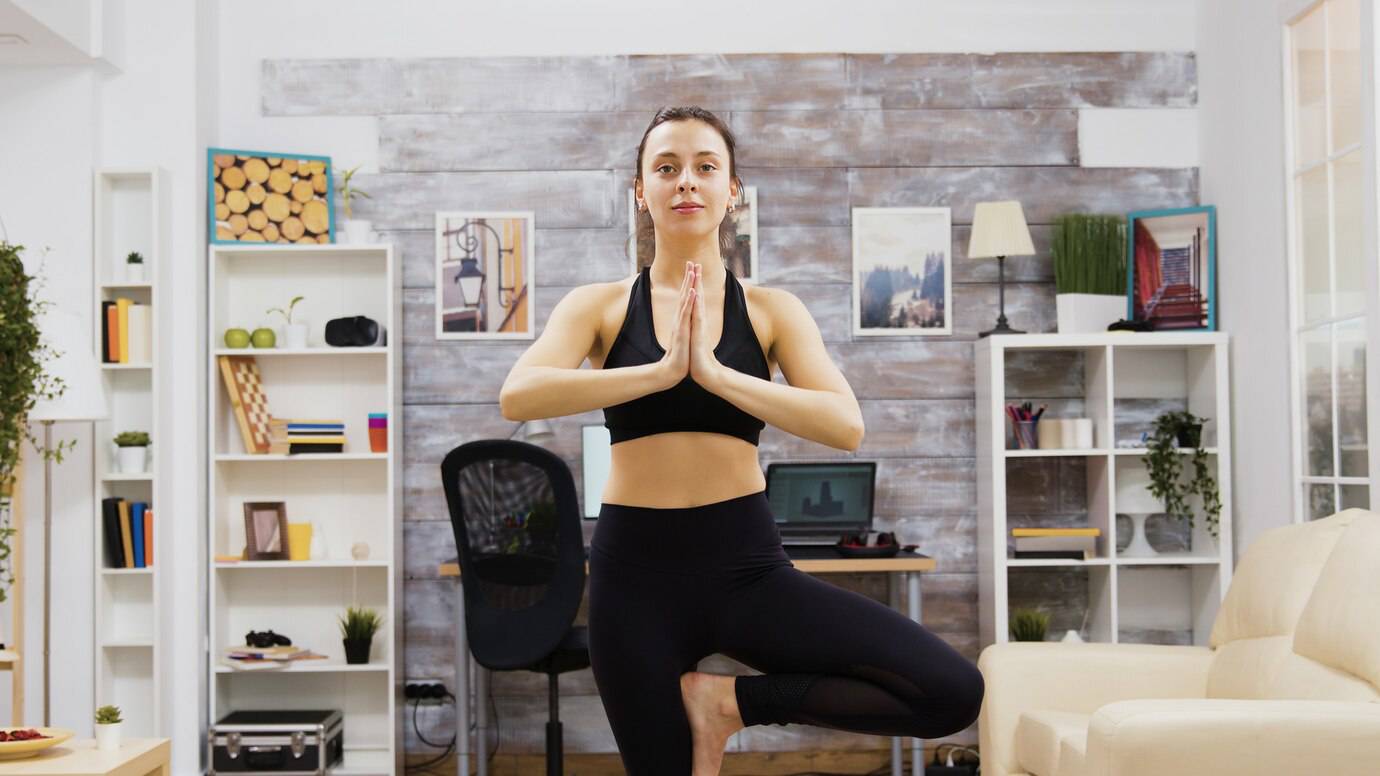
- Lie in semi-supine for 10 minutes a day
- Notice your reactions during daily tasks
- Pause before moving — give yourself a moment of choice
- Speak with ease — release jaw and neck tension while talking
These small habits accumulate to big results over time.
Conclusion: Move Lightly, Live Fully
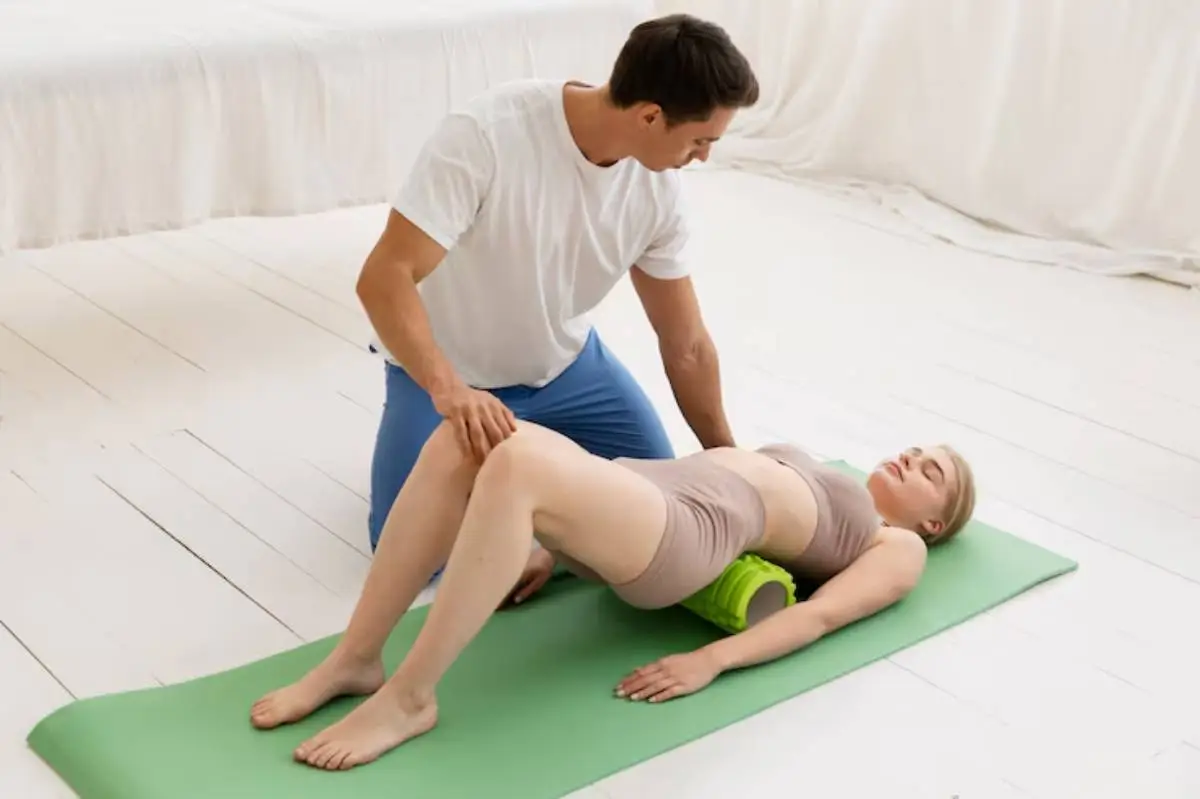
The Alexander Technique isn’t about “sitting up straight” or forcing yourself into rigid positions. It’s about releasing what’s unnecessary so that your body can return to its natural poise. With mindful awareness and gentle guidance, you build a better relationship with your posture, movement, and self.
If you’re tired of tension, want to regain mobility, or are curious about your body’s potential, try the Alexander Technique. It’s an invitation you shouldn’t overlook.
Have you tried the Alexander Technique? Share your story in the comments below or pass this along to someone who might benefit from it. Let’s move through life with a little more ease.
